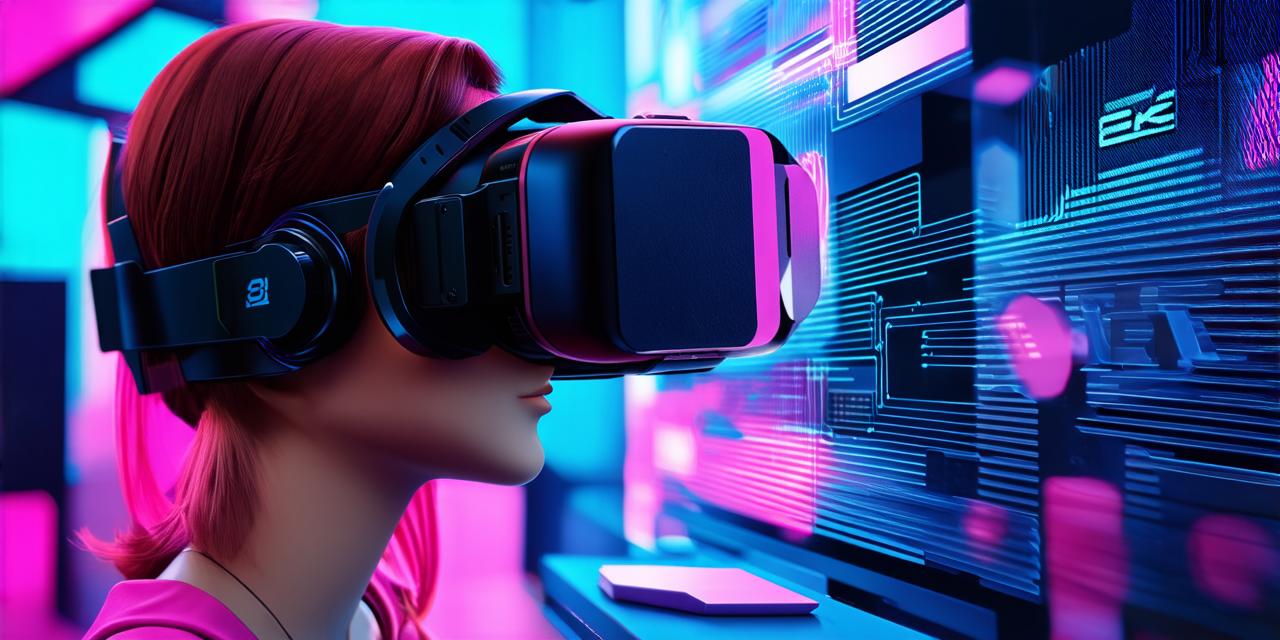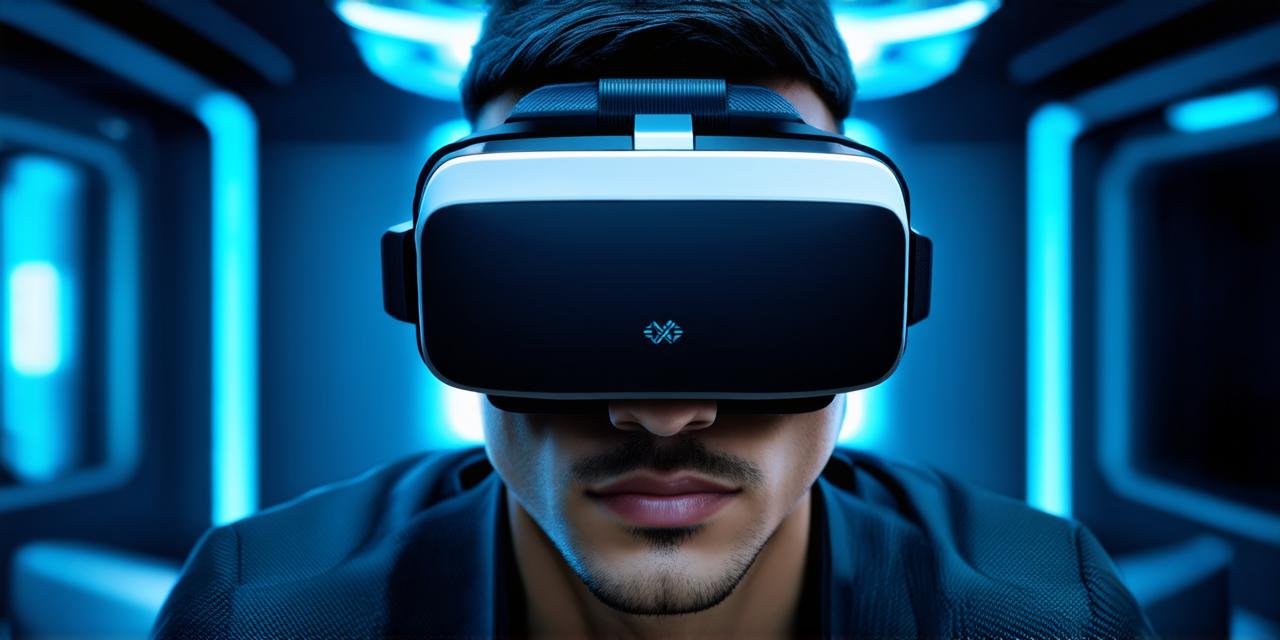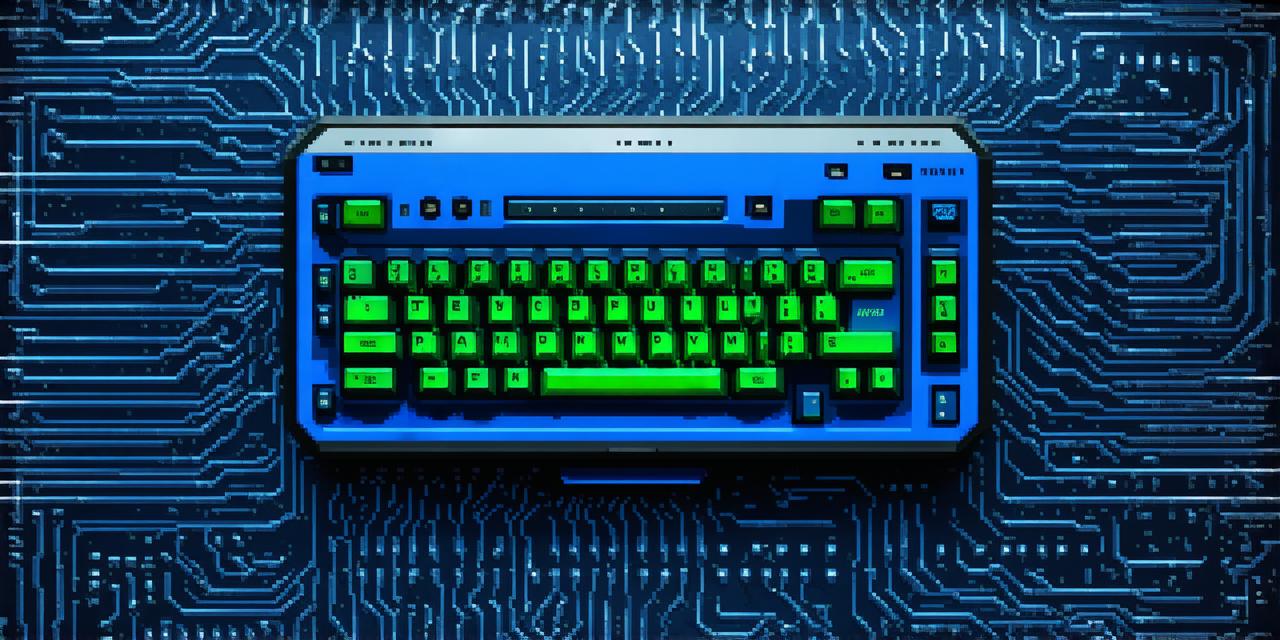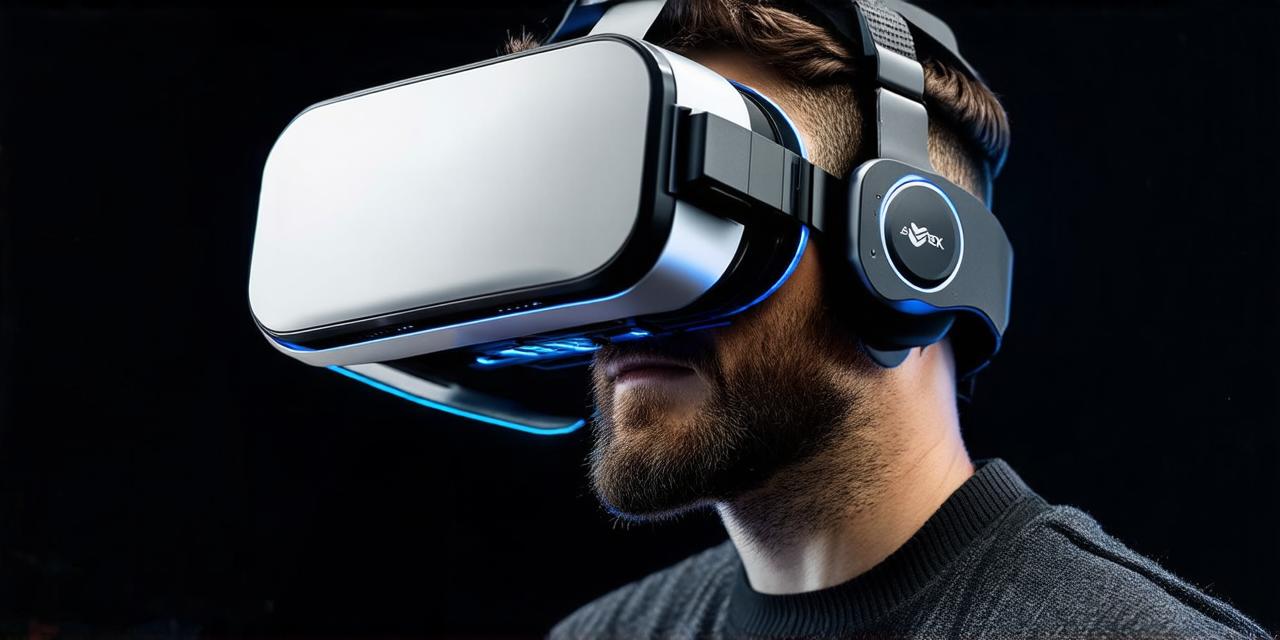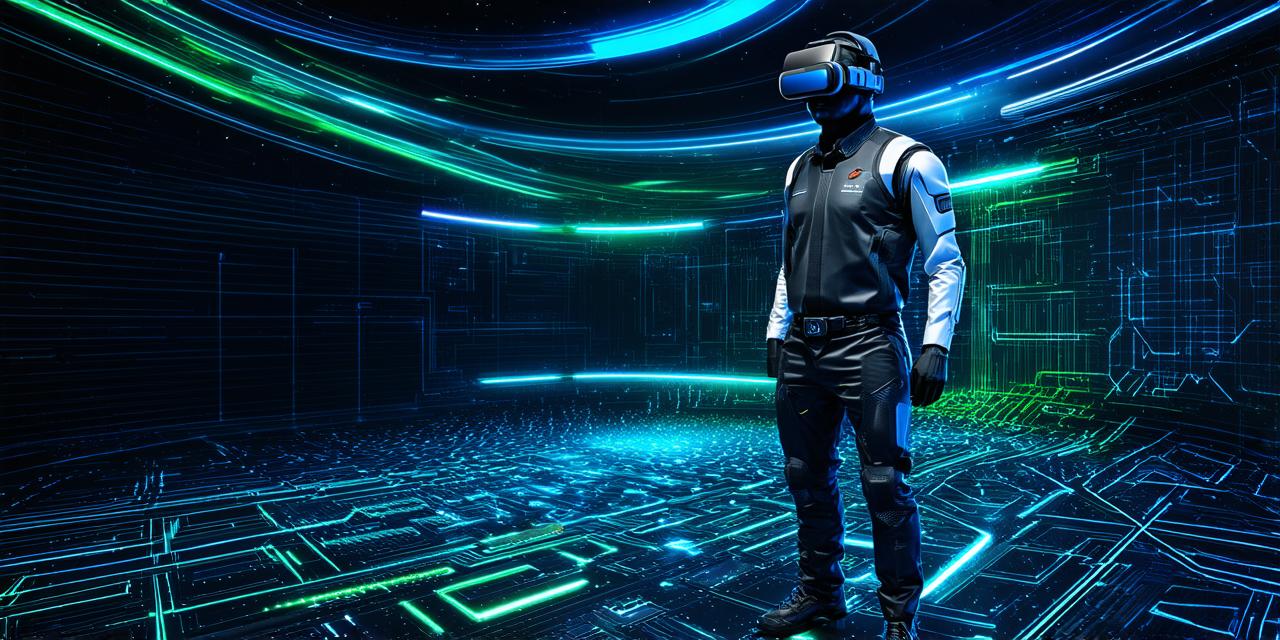Enhancing Learning Outcomes
Virtual Reality (VR) provides an immersive experience that allows students to interact with concepts in a tangible way. This can lead to better retention of information and improved understanding of complex concepts.
By providing students with virtual environments that simulate real-world scenarios, VR technology can help them gain a deeper understanding of the subject matter and develop critical thinking skills that will serve them well in future careers.
For instance, VR technology can be used to simulate medical procedures, historical events, or scientific concepts. By experiencing these simulations in a virtual environment, students can develop a better understanding of the subject matter and apply their knowledge in practical situations. This can lead to improved academic performance and better preparation for future careers.
Improving Engagement Levels
One of the biggest challenges facing educators today is keeping students engaged in the learning process. Traditional classroom settings can be monotonous and unengaging, leading to disinterest and lack of motivation. Virtual Reality provides a solution to this problem by offering an immersive and interactive experience that captures students’ attention and keeps them engaged.
By providing students with virtual environments that allow them to explore and interact with concepts in a more engaging way, VR can help increase their motivation and enthusiasm for learning. This can lead to improved engagement levels and better academic performance.
Fostering Critical Thinking Skills
Virtual Reality technology can also foster critical thinking skills in students by providing them with opportunities to explore complex problems and make decisions in a simulated environment. By allowing students to experience real-world scenarios in a virtual setting, VR can help them develop problem-solving and decision-making skills that will serve them well in future careers.
For example, VR technology can be used to simulate business scenarios where students must make strategic decisions under pressure. This can help students develop critical thinking skills and prepare them for the challenges they will face in their future careers.
Real-Life Examples of Virtual Reality in Education
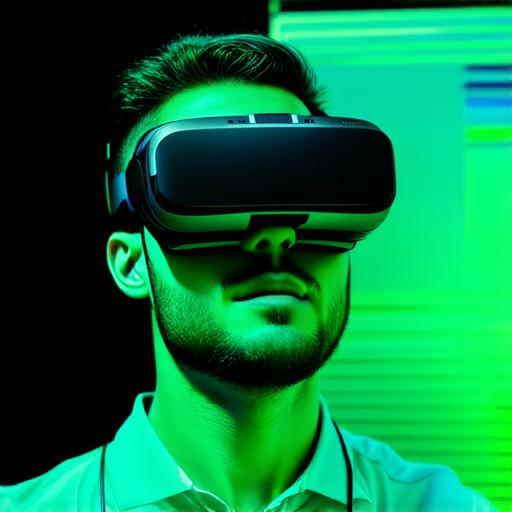
Virtual Reality is already being used in classrooms today to enhance the learning experience. For instance, VR technology can be used to simulate medical procedures such as surgeries or dental treatments. Students can gain hands-on experience without putting patients at risk and develop critical thinking skills that will serve them well in future careers.
Another example is the use of VR in history classes, where students can explore ancient civilizations or historical events in a virtual setting. By experiencing these events in a more immersive way, students can gain a deeper understanding of history and develop critical thinking skills.
The Potential for Further Advancements in Virtual Reality Technology
Virtual Reality technology is still in its early stages, and there is significant potential for further advancements in the future. As VR technology continues to evolve, we can expect to see even more immersive and interactive learning experiences that will enhance the learning outcomes of students.
For example, advances in motion tracking technology could allow students to move and interact with virtual environments in a more natural way, making the learning experience even more engaging. Additionally, advancements in AI and machine learning could allow VR systems to adapt to the individual needs of each student, providing them with personalized learning experiences that are tailored to their unique strengths and weaknesses.
FAQs
1. What types of subjects can be taught using virtual reality technology?
Virtual Reality technology can be used to teach a wide range of subjects, including science, history, medicine, business, and many others. VR technology provides an immersive experience that can enhance students’ understanding of complex concepts and help them develop critical thinking skills.
2. What are some real-life examples of virtual reality being used in education?
Virtual Reality is already being used in classrooms today to simulate medical procedures, explore historical events, and teach science concepts. These experiences provide an immersive learning experience that can enhance students’ understanding of complex concepts and help them develop critical thinking skills.
3. What is the potential for further advancements in virtual reality technology?
Virtual Reality technology is still in its early stages, and there is significant potential for further advancements in the future. Advances in motion tracking technology, AI, and machine learning could allow VR systems to adapt to the individual needs of each student, providing them with personalized learning experiences that are tailored to their unique strengths and weaknesses.
4. Is virtual reality technology safe for students?
Virtual Reality technology is generally safe for students when used appropriately. However, it is important to ensure that students are using VR in a safe and controlled environment and that they are receiving appropriate guidance and support from educators.
5. How can virtual reality technology improve the learning outcomes of students?
Virtual Reality technology provides an immersive experience that allows students to interact with concepts in a tangible way. This can lead to better retention of information, improved understanding of complex concepts, and better academic performance. Additionally, VR technology can help develop critical thinking skills by providing opportunities for students to explore complex problems and make decisions in a simulated environment.
